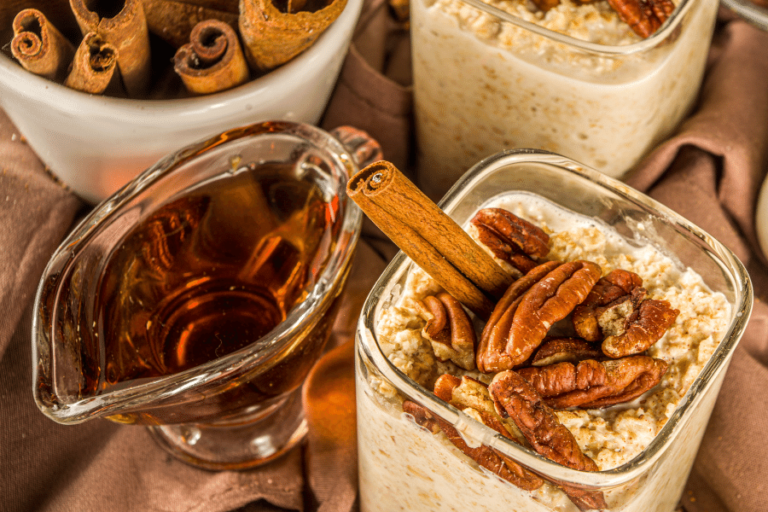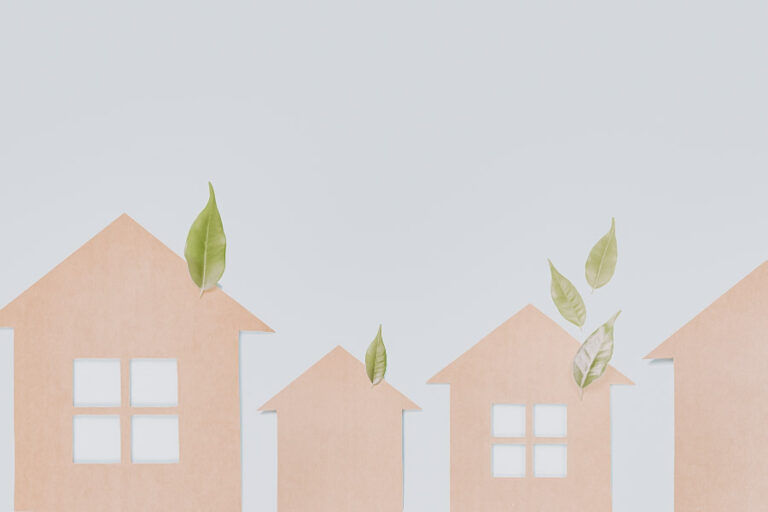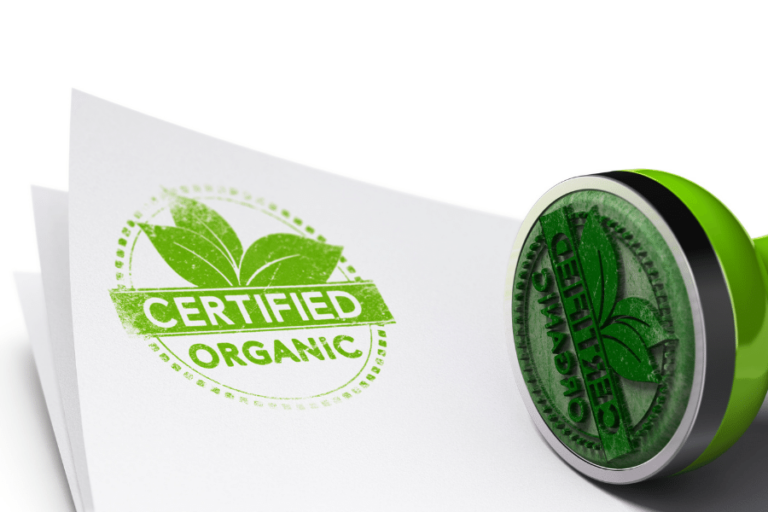How do you know if a cleaning product is safe?

If you’re like me, you’ve probably read the labels on your cleaning products and wondered how safe they are. While manufacturers aren’t required to disclose all ingredients on labels (and many don’t), there are some things you can look for that may tell you whether a cleaning product is harmful.
In this post, I’ll share some ways I like to check whether or not cleaning products are safe.
Manufacturers aren’t required to disclose all ingredients on cleaning labels.
I think this is the first thing we need to understand. You can’t know for sure if a cleaning product is safe just by looking at the label.
Manufacturers aren’t required to disclose ingredients on cleaning labels, and they’re not required to disclose whether or not their products have been tested for safety.
And even if a product does have a label, it might be hard to tell what the ingredients are—some labels list ingredients as they’re used in the product (i.e., “alcohol denat.”), while others list them by their chemical name (i.e., “ethyl alcohol”).
But this lack of disclosure makes it difficult for consumers trying to buy safe cleaning products! If you can’t see what’s actually in your cleaning product on the label, how do you know whether or not it’s safe?
This is why I like to use The Environmental Working Group (EWG) online database. They rate brands according to their safety and environmental friendliness based on publicly available data from the FDA and EPA as well as company submissions themselves.
We will touch more on that a little later, but first, let’s go over some of the ingredients of concern commonly found in many cleaning products.
Related Post: What is the EWG (Environmental Working Group)?
Some cleaning ingredients of concern
There are a few ingredients to avoid in cleaning products, such as:
- Phosphates. These chemicals have been linked to water pollution and algae blooms, which can damage marine life.
- Brominated Hydrocarbons (BHs). Studies show that BHs may cause reproductive issues in animals and humans.
- Triclosan. This chemical has been linked to the disruption of hormones in animals and humans, as well as skin irritation when used on sensitive skin types.
Still check the labels on cleaning products.
- Check the ingredients. Look for cleaning products that don’t contain any of the ingredients listed above.
- Check safety ratings. Look for products that have been rated as a low or moderate hazard by a reputable environmental health organization, like the Environmental Working Group’s Skin Deep database or other independent sources like GoodGuide and GreenScreen for Safer Chemicals (GSC). Products with high hazards will be flagged as such on these databases.
- Read product claims carefully and check them against their ingredient lists. If they claim to be antibacterial without containing triclosan, then it may be a safer option to use around your home; however, if you see an ingredient list that includes Triclosan or “Triclosan-Free” next to its name (or anything similar), steer clear! It may not be as safe as you think if it contains one of these bad boys lurking in its depths — especially because there are some studies showing just how harmful these chemicals can be over time when used repeatedly over long periods of time (which is why I prefer to use a natural antibacterial instead).
Check cleaning product ratings on the EWG.
The EWG is a non-profit organization dedicated to protecting human health and the environment. The Cleaning Product Ingredient Database is one of their most popular features and can be found on their website. It gives detailed information about the ingredients in products and shows how safe they are for humans, animals, and the environment.
The database contains over 30,000 products and is regularly updated with new information. It also has a “report card” feature that rates the safety of individual ingredients. They provide a score for each ingredient based on how toxic it is and whether or not it’s known to be carcinogenic or mutagenic. This can be very useful when trying to decide what products are best for you and your family.
Find EWG Verified products on the EWG.
EWG recommends looking for products with the EWG Verified mark. The Environmental Working Group has a database of over 70,000 products, which you can search to find items that have been rated by experts and have passed rigorous safety tests.
The database is free to use and includes a lot of information about how each product was rated. You can also find lists of the best products for you and your family. It’s important to note that this database doesn’t cover every single item on store shelves, so it isn’t a complete list of “safe” products. However, it will give you a good idea of which brands and manufacturers are producing items that have been tested by experts.
Conclusion
It is important to note that all cleaning products are not created equal and some may be more harmful than others. Hopefully, this information will give you clarity when searching for products safe for your family and home.





